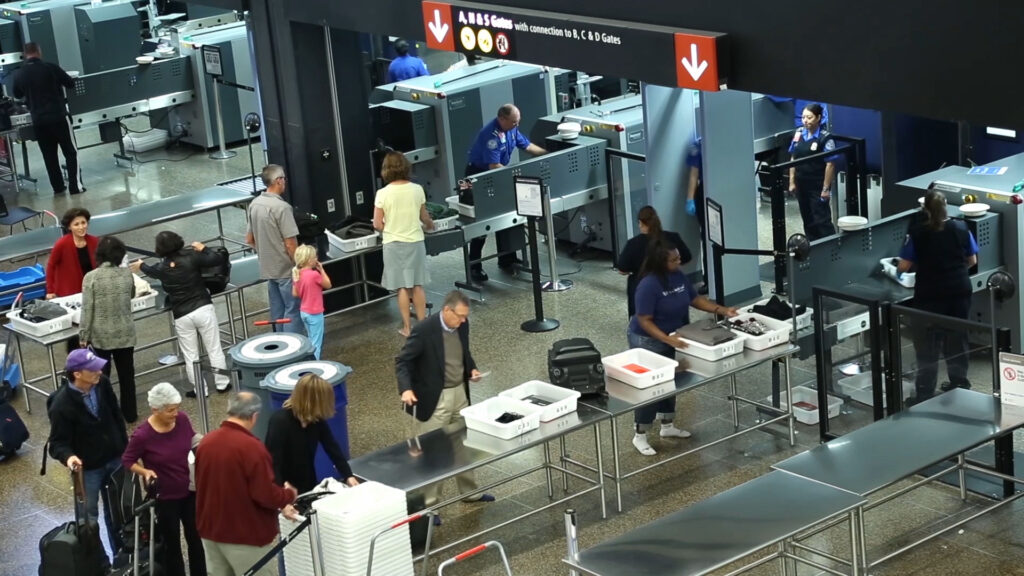Undergraduate experience

In a partnership between the Transportation Security Administration (TSA) at Phoenix Sky Harbor International Airport and the Center for Accelerating Operational Efficiency (CAOE) at Arizona State University, ASU undergraduate students Cooper Weisbach, Sam Teplitz and Jessica Hale had the opportunity to gain exposure to professional working environments and real applications. This senior capstone project focused on determining optimal sample sizes for TSA’s covert testing process. This abbreviated abstract was first published in the ASQ Phoenix Section Sun Dial Newsletter, June 2021.
Quality Control Charts and Sensitivity Analysis in Non-Manufacturing Fields
By Cooper Weisbach, Sam Teplitz, Jessica Hale
Abstract:
This paper documents project results of a partnership between the Transportation Security Administration (TSA) at Phoenix Sky Harbor International Airport and the Center for Accelerating Operational Efficiency (CAOE) at Arizona State University. This partnership gives seniors at Arizona State University the opportunity to engage in solving problems that the TSA faces so that they can gain exposure to professional working environments and real applications of material taught in their coursework. This capstone project focused on determining optimal sample sizes for TSA’s covert testing process. Covert testing helps TSA understand how well their officers are performing standard operating procedures and detecting specific types of threats. The capstone project determined an optimal sample size range for the TSA, but not reported here because of its SSI (Sensitive Secure Information) classification. The actual methodologies and statistical techniques used to identify the optimal sample size range includes the use of fraction non-conforming charts, OC curves, sentiment analysis surveys, and difference of mean testing. Quality control techniques, historically used in manufacturing environments now applied to service processes on human cognition have implications in safety of domestic and international travel. This paper concludes with a list of improvements and additional projects for the TSA to pursue with ASU.


